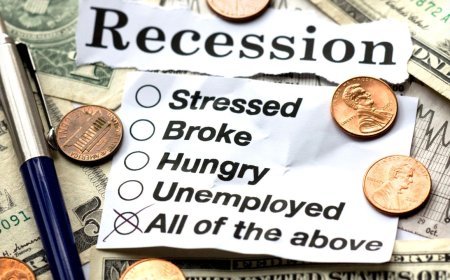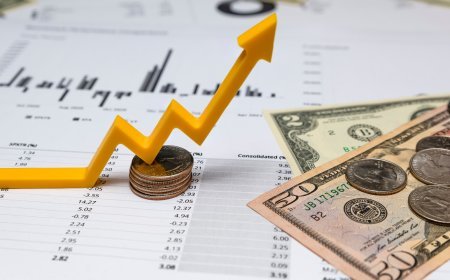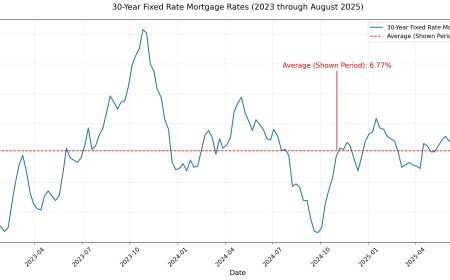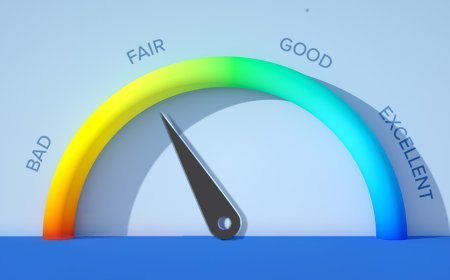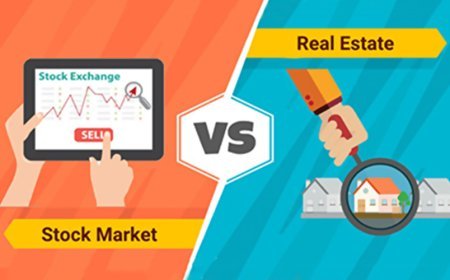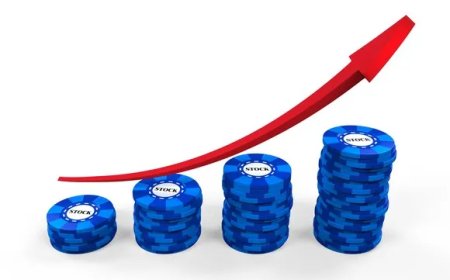Value Investing vs. Growth Investing: Pros, Cons, and Strategies
Compare value and growth investing approaches to determine the best strategy for your portfolio. Learn valuation methods, pros and cons of each style.
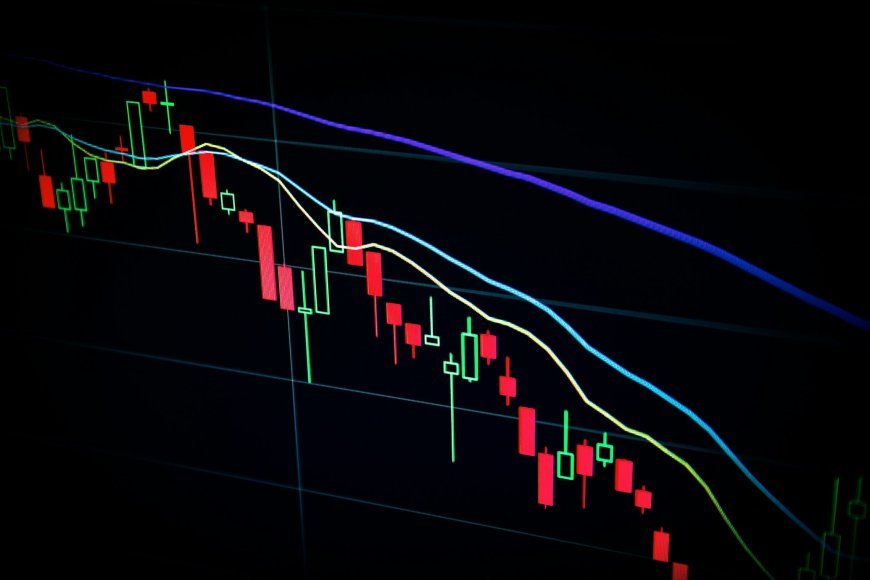
Value and growth investing represent two fundamental stock selection philosophies that have shaped investment strategy for decades. Understanding these approaches helps you develop an investment style that matches your temperament and goals.
Value investing seeks stocks trading below their intrinsic value, often due to temporary setbacks or market neglect. Value investors use metrics like price-to-earnings ratios under 15-20, price-to-book ratios under 1.0, and high free cash flow yields. Famous value investors include Warren Buffett, who focuses on quality companies at reasonable prices, and Benjamin Graham, the father of value investing.
Growth investing focuses on companies with above-average growth prospects, targeting 15-25% annual earnings growth. Growth investors use metrics like PEG ratios under 1.0 and return on equity above 15%. They're willing to pay premium prices for superior growth rates, believing exceptional companies deserve higher valuations. Notable growth investors include Philip Fisher and Peter Lynch.
Historical performance shows interesting patterns. From 1926-2020, small-cap value returned 13.3% annually versus 10.3% for small-cap growth. Value significantly outperformed during the 1970s-1990s and after the 2000 tech crash, while growth dominated during the 1990s tech boom and the 2010-2020 decade driven by technology leadership.
Each style faces distinct risks. Value investing risks include value traps where stocks are cheap for good reasons, sector concentration in cyclical industries, and potentially long waiting periods for market recognition. Growth investing risks include valuation sensitivity where high prices leave little margin for error, growth disappointment causing sharp declines, and interest rate sensitivity affecting future earnings valuations.
Market cycles and economic conditions influence style performance. Growth stocks typically lead during economic recoveries when investors focus on future earnings potential, while value stocks often outperform late in economic cycles when focus shifts to current earnings and dividends. Rising interest rates generally favor value stocks, while falling rates benefit growth stocks.
Most successful investors use blended approaches. Core-satellite strategies allocate 60-70% to broad market funds with 30-40% split between value and growth styles. GARP (Growth at Reasonable Price) combines both philosophies, seeking growing companies at reasonable valuations with PEG ratios under 1.5.
Choose your approach based on temperament, risk tolerance, and investment timeline. Value investing appeals to contrarians comfortable holding unpopular stocks for years, while growth investing suits those who believe in paying for quality and innovation. The key is developing a systematic approach and maintaining discipline through market cycles.
What's Your Reaction?
 Like
0
Like
0
 Dislike
0
Dislike
0
 Love
0
Love
0
 Funny
0
Funny
0
 Angry
0
Angry
0
 Sad
0
Sad
0
 Wow
0
Wow
0


